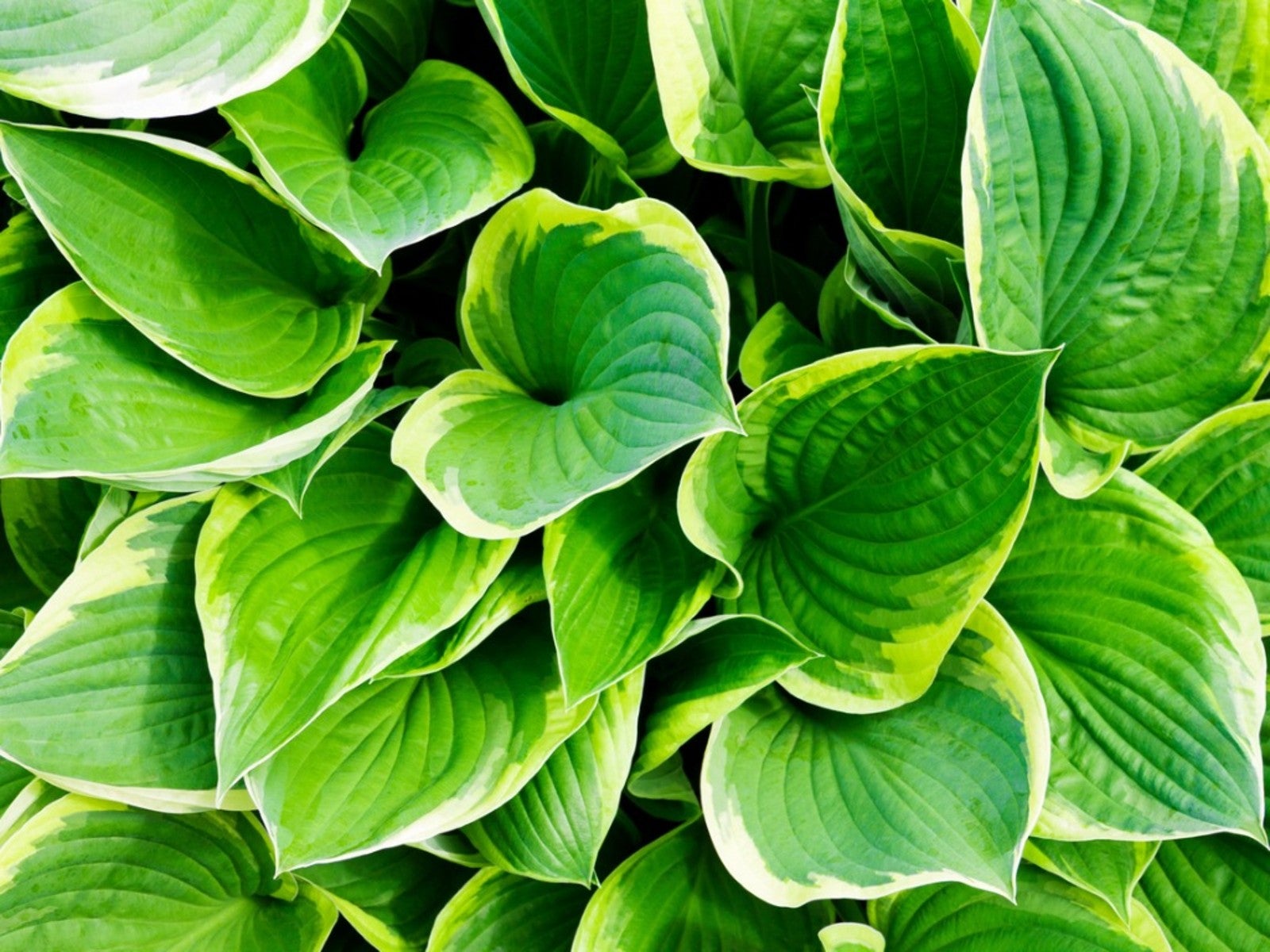Pacific Northwest Hostas - Growing Hostas In Washington State


One of the most impactful shade plants is the Hosta. Growing Hostas in Washington is a marvelous partnership. Western Washington, with its coastal climate, makes a perfect location for these shade lovers, but even in the hotter eastern side, you can enjoy the gorgeous foliage. You just have to make sure Hostas in the northwest are in a shady to semi-shady location in freely draining soil.
The Plantain Lily, or Hosta, is one of those foliage plants that brightens dark corners and enlivens the landscape with its flower displays. Pacific Northwest Hostas are game changers for gardeners with heavy shade. They are reliable perennials that grow well in Washington; Oregon Hostas are scene stealers, as well.
Hostas, Pacific Northwest Winners
If you are looking for a no-nonsense shade loving plant, consider Hostas in the northwest. The plants spring from tubers that are reliably hardy in the northwest part of the United States. Their most outstanding feature is the large leaves that can sport variegation in hues of green, bluish green, gold, and white. Once they have grown new leaves after a winter rest, you can also expect lily-like purple flowers, soaring above the huge foliage. The plants are very tolerant, preferring shade to partial shade, but they can also thrive in sun where some protection from the hottest rays is available. Pacific Northwest Hostas do need consistent moisture for optimal health. However, with little intervention, in the right soil and location, these beauties will brighten your landscape for years.
Hosta Information
Oregon Hostas, as well as Hostas in Washington are outstanding shade plants. There are literally thousands of varieties from which to choose. Some can get many feet in height (.91 m), with a few varieties actually double in size.
There are also diminutive varieties that make great fillers in a low light area. They pair well with similar care plants such as Astilbe, Epimedium, ferns, and other shade lovers. Hostas will even perform nicely in containers. Just remember that they like to be kept moist, although not soggy. If you want a giant specimen, consider Empress Wu, a 4 foot (1.22 m) tall glory. Sweet little Blue Mouse Ears is a bright example of the smaller varieties. And in between there are hundreds from which to choose.
Tips on Growing Hosta
- Hostas are relatively easy to grow.
- They need really rich soil, but it must be freely draining. The tubers will not thrive if they are in boggy soil.
- Some varieties are more sun tolerant than others, so be sure to check plant tags for light tolerance.
- Well rotted manure or slow release fertilizer is a good idea in early spring when the foliage begins to appear.
- Give the plants 1-2 inches ( 2.54-5.08 cm) of water per week, depending upon soil type.
- Use slug prevention to avoid young leaf damage. Some diatomaceous earth around the plants is a good organic option.
- Mulch around plants to protect the tubers in winter.
- You can divide Hosta, preferably in spring. Keep divisions moist until they establish.
Gardening tips, videos, info and more delivered right to your inbox!
Sign up for the Gardening Know How newsletter today and receive a free copy of our e-book "How to Grow Delicious Tomatoes".

Bonnie Grant is a professional landscaper with a Certification in Urban Gardening. She has been gardening and writing for 15 years. A former professional chef, she has a passion for edible landscaping.
-
 Terrifically Tubular Flowers For Hummingbirds: 9 Tube-Flowered Plants To Attract Hummers
Terrifically Tubular Flowers For Hummingbirds: 9 Tube-Flowered Plants To Attract HummersGrowing tubular flowers for hummingbirds helps you create the optimum feeding conditions for your winged friends. Here are nine tubed delights for hummers
By Tonya Barnett
-
 How To Grow Hydroponic Tomatoes For Fresh Indoor Harvests – No Soil Required
How To Grow Hydroponic Tomatoes For Fresh Indoor Harvests – No Soil RequiredLearning how to grow tomatoes in water is easy and allows you to harvest fresh-home-grown produce in every season without any mess.
By Ellen Wells